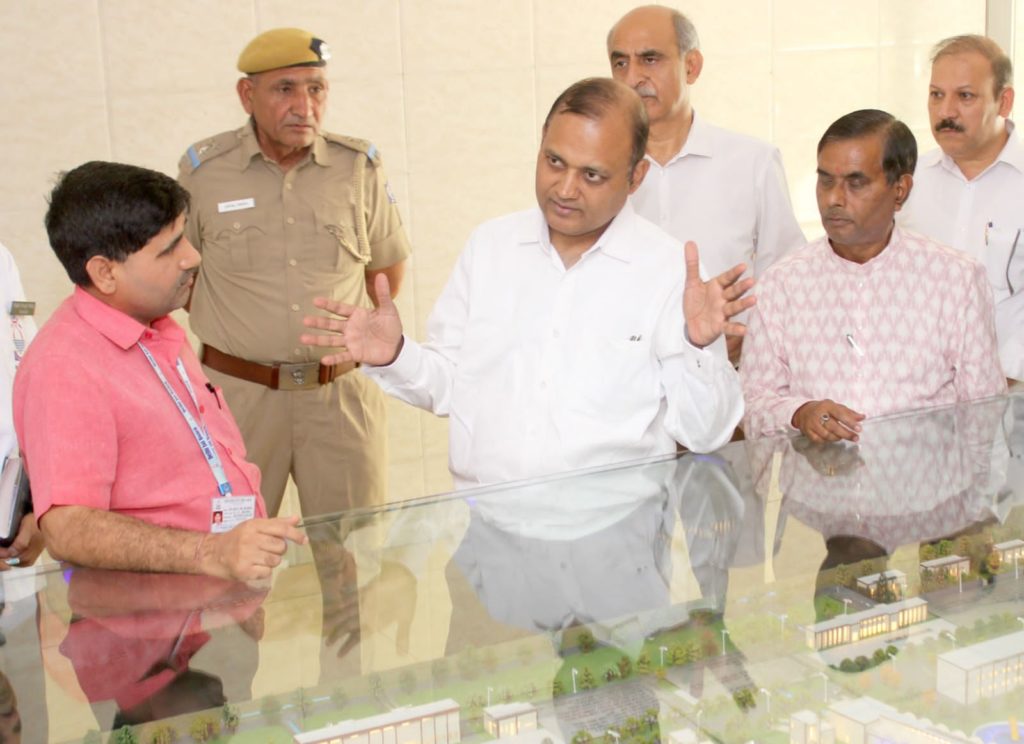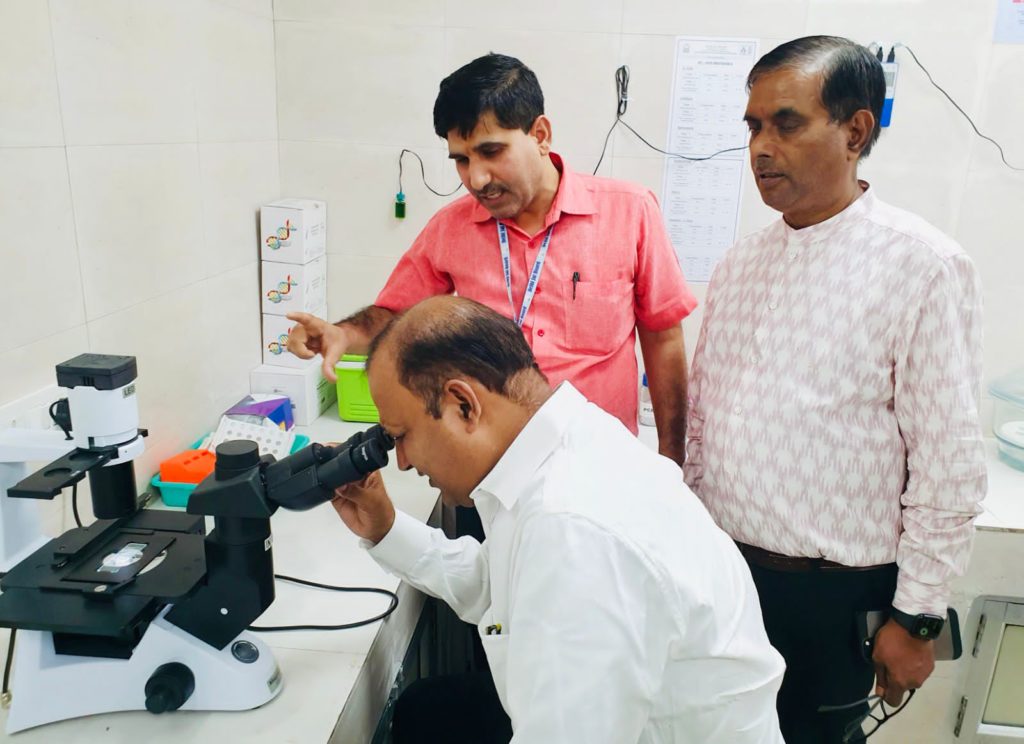Delhi Jal Board Vice Chairman Shri Somnath Bharti is in action mode these days as he is taking stock of progress of the projects one after the other. Shri Somnath Bharti visited the Haiderpur Water Treatment Plant on Tuesday. After inspecting the Haiderpur Water Treatment Plant, the DJB Vice Chairman said that the filters of the plant will be upgraded soon as a pilot project that will help increase the production and quality of water here. This pilot project will be ready by the end of June. He said that an artificial lake will also be constructed at the Haiderpur plant.

Pilot project to be completed next month at Haiderpur Water Treatment Plant
He said that Delhi Jal Board has started upgrading the Haiderpur WTP in order to increase its water production capacity. Under this, the work of replacing the filters and clarifiers of the plant was taken up as a pilot project about 6 months ago. He said that the pilot project will be ready soon. All of the works related with the pilot project will be completed by June end. In the pilot project, by upgrading one clarifier, the water production capacity of Haiderpur WTP can be increased by 10 MGD. The capacity of the clarifier is being increased from 12.5 MGD to 21 MGD. Haiderpur Water Treatment Plant has a total of 16 clarifier units. The capacity of the Haiderpur Water Treatment Plant can be increased by 160 MGD by upgrading all the clarifier units that are in the plant. Under this pilot project, the work of upgrading one filter belt out of 40 filters belts of Haiderpur Water Treatment Plant is in progress. The use of new technology will increase the capacity of the filter by 25 percent or 1.5 MGD. The capacity of 1 filter of Haiderpur Water Treatment Plant is 6 MGD thus by upgrading all the filters the capacity of Haiderpur Water Treatment Plant can be increased by 60 MGD. Upgrading the filters will automatically lead to increase in production as well as in the quality of water. The new technology will also help in reducing the turbidity in the water; thus leading to production of clean drinking water as per the prescribed standards. Along with the increase in water production, the quality of water will also improve. The DJB Vice Chairman said that if the pilot project at Haiderpur Water Treatment Plant is successful and the results match expectations, then the rest of the units of the plant will also be upgraded. Upgradation work of all units of Haiderpur WTP on the basis of the pilot project will increase the capacity of the entire plant by 160 MGD. At present, about 240 MGD of water is being produced in Haiderpur WTP every day. Shri Somnath Bharti said that Chief Minister Shri Arvind Kejriwal has directed that every possible step should be taken to increase water production to achieve the target of 24-hour water supply in Delhi. In order to make Delhi a city with round the clock water supply, several steps are being taken like increasing the capacity of water treatment plants to increase water supply.

Artificial lake to be developed at Haiderpur Water Treatment Plant
The Delhi Jal Board has also created a plan to reuse the wastewater that comes out of the Haiderpur Water Treatment Plant. Giving information about the new plan, Shri Somnath Bharti said that DJB has planned to create an artificial lake within the premises of Haiderpur WTP. Under this project, 8-MGD of wastewater coming out of this plant will also be re-used to fill the artificial created lake in Haiderpur WTP. The filling up of the lake by wastewater will help in increasing the groundwater level. This groundwater will then be extracted by tubewells that will be installed in the plant area. At present, 33 tubewells have been installed in Haiderpur Water Treatment Plant. Out of the entire tubewell stock, some are being cleaned right now. There will be an increase of 1 MGD in production of water when all tubewells run at their full capacity. Shri Somnath Bharti said that 26-MGD of wastewater is released daily from Haiderpur WTP. Out of this, 18-MGD of wastewater is being treated at Haiderpur Recycling Plant and the remaining waste water will be re-used through an artificial lake.

